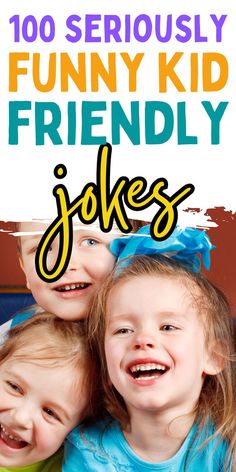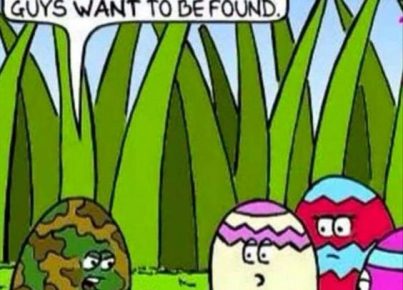In the realm of education and entertainment, PowerPoint presentations have become an invaluable tool, not only to convey information but also to engage audiences with various forms of content. Among such content, “Jokes for Kids” themed PowerPoint slides offer a wonderful opportunity to brighten the classroom atmosphere, while simultaneously encouraging children’s comprehension skills and their ability to connect images with context.
Why Jokes for Kids PowerPoint Works:
Integrating humor into learning processes has been shown to increase student engagement, enhance memory retention, and can help in building social skills among peers. A “Jokes for Kids” PowerPoint slides can:
– Serve as an icebreaker activity in classrooms.
– Benefit language learning by playing with puns and wordplay.
– Highlight cultural nuances through different styles of humor.
– Foster a positive and fun classroom environment.
Features of an Effective Jokes for Kids PowerPoint:
Creation of such educational yet entertaining presentations should consider the age-appropriate content and visual appeal:
1.Large, Readable Text: Ensure the text is big enough for children to read from a distance.
2.Bright, Engaging Images: Use colorful and relevant images to visually complement the joke.
3.Pacing: Set up the slides so that there’s a good rhythm between the setup and the punchline.
4.Interactive elements: Include questions or cues that encourage children to guess or think about the punchline.
5.Cultural Sensitivity: Tailor jokes that are inclusive and respectful of all students.
Examples of Jokes Suitable for a PowerPoint:
Here are some light-hearted jokes that could be wonderfully transformed into a ‘Jokes for Kids’ PowerPoint:
1.”Why don’t scientists trust atoms? Because they make up everything!”
(Accompanied by an image of a mischievous atom winking.)
2.”How do you organize a space party? You planet!”
(A slide could show planets hanging like decorations at a party.)
3.”What do you call a bear with no teeth? A gummy bear!”
(An illustration of a smiling bear without teeth next to a gummy bear candy.)
These examples allow kids to learn new words, infer meaning through context clues provided by visuals, and understand homophones – words pronounced similarly but differing in meaning.
In conclusion, crafting a “Jokes for Kids” PowerPoint presentation provides an exciting method for educators to deliver content that’s as educational as it is entertaining. By blending humor with visual storytelling, children can enjoy learning in a light-hearted manner that may very well spark their interest in both language and social interactions.





